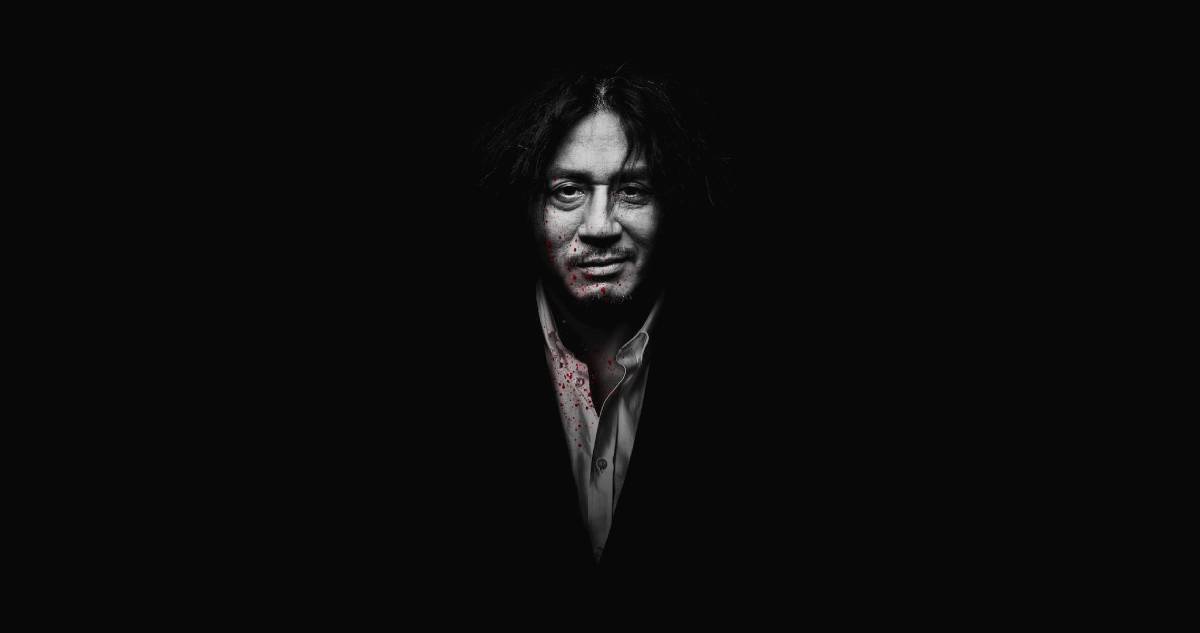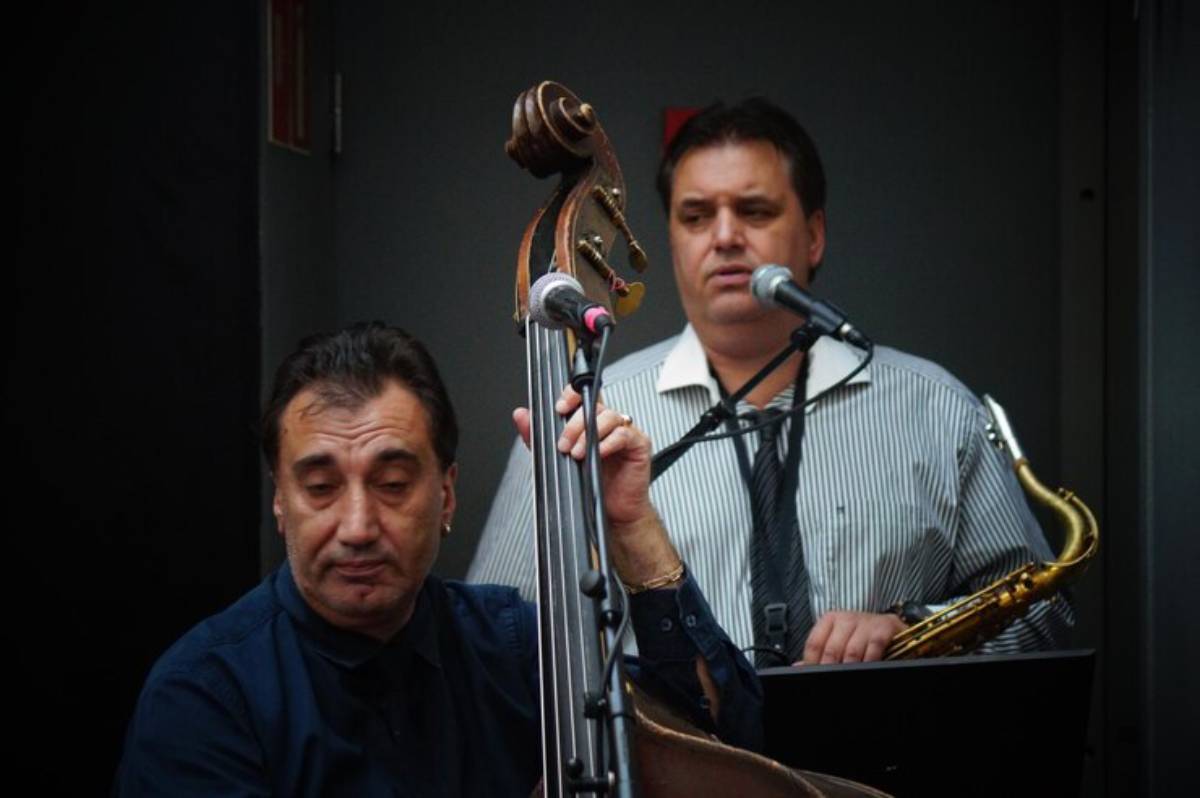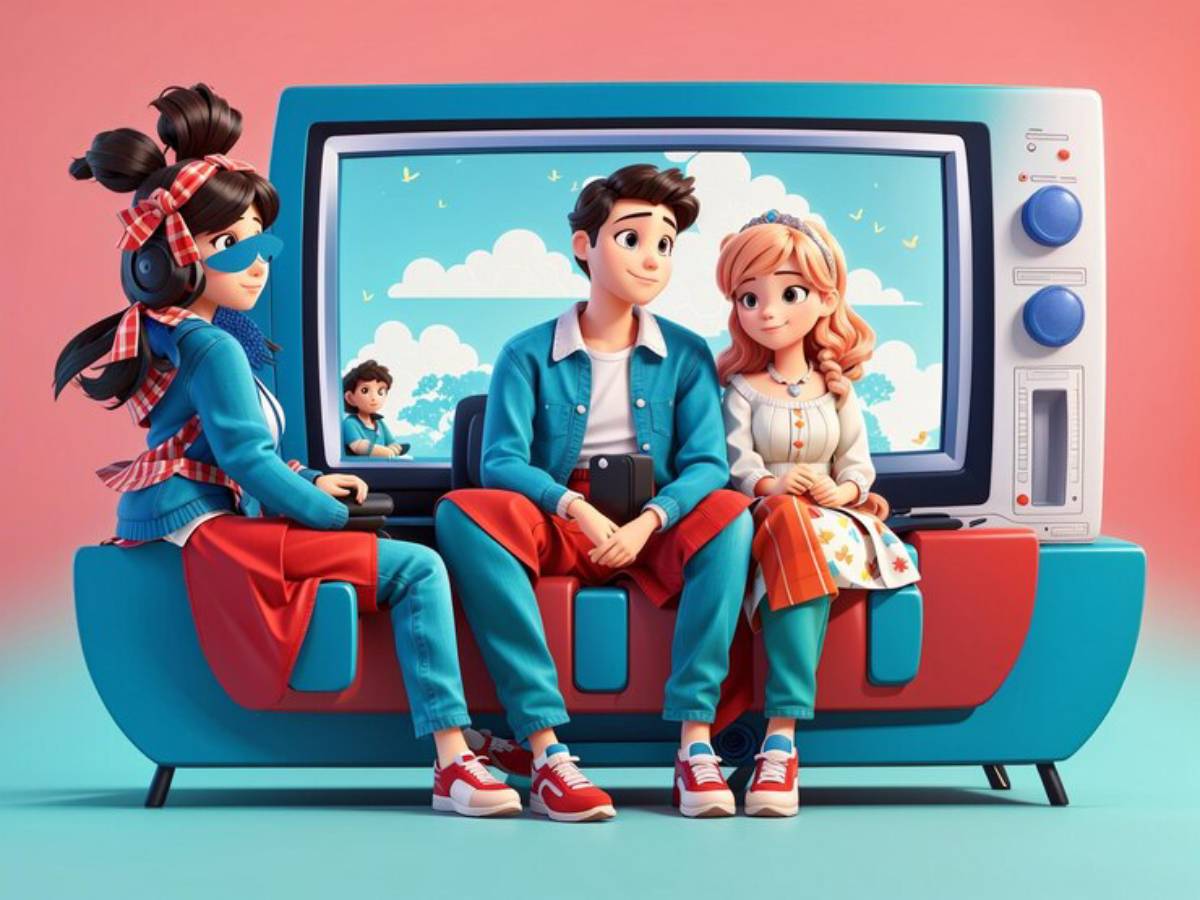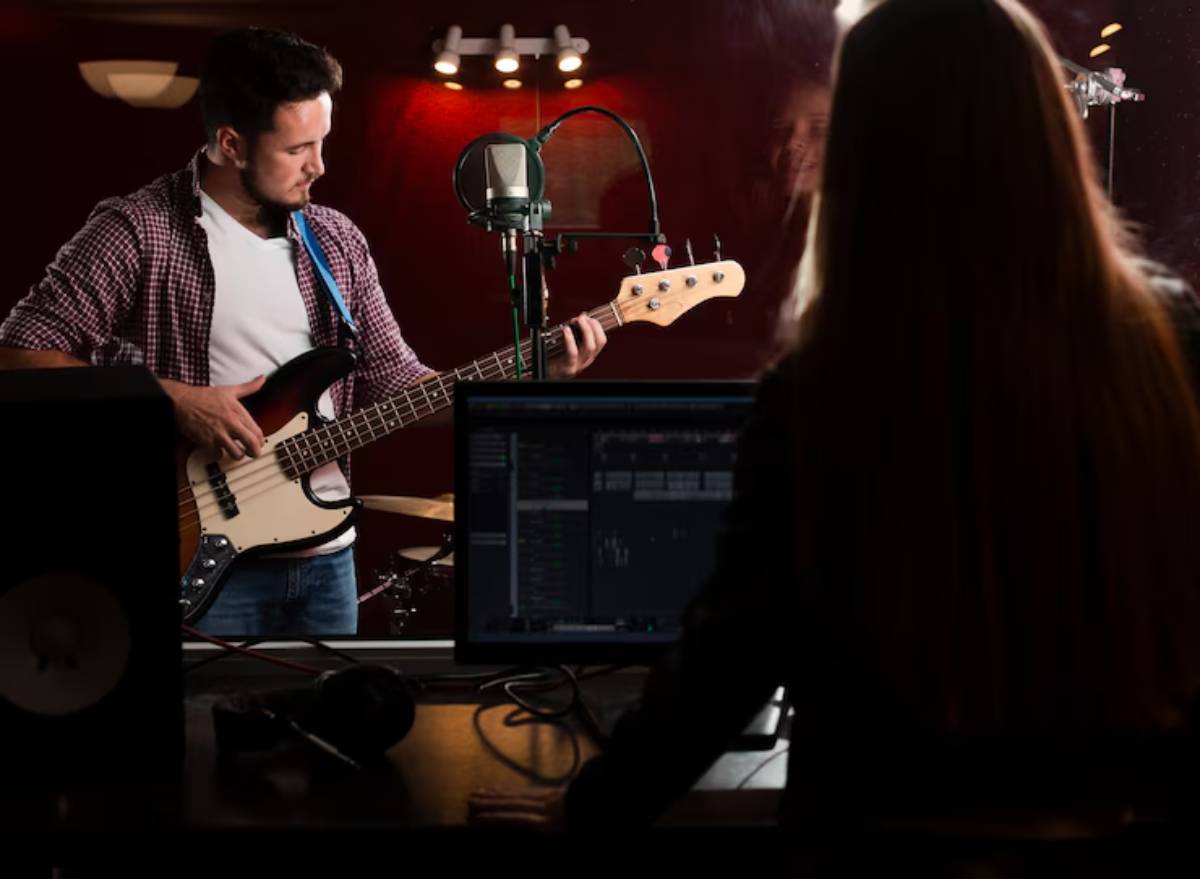
How Sound Design Enhances Viewer Experience
In the realm of film and television, sound design is often the unsung hero that can transform a visual experience into an immersive journey. While the visuals capture our attention, it is the sound design that captivates our senses, drawing us deeper into the narrative. This blog explores sound design. It shows how audio effects create immersive movie soundscapes. These elements enhance the viewer experience.
The Importance of Sound Design in Film and TV
Sound design is an integral part of filmmaking that goes beyond simply adding background music or dialogue. It uses audio effects to build a rich, layered sound experience. This enhances the visual storytelling. Sound design is key in shaping a scene’s emotional and psychological impact. It ranges from the soft rustle of leaves to the powerful rise of an orchestra.
Consider the iconic shower scene in Alfred Hitchcock’s Psycho. The piercing violin screeches are as memorable as the visuals themselves, if not more so. This shows how sound design can enhance a scene. It builds tension and fear that stays with viewers even after it ends.
Sound design is not merely about enhancing a scene’s realism — it’s about shaping perception. In science fiction films, for instance, otherworldly sounds help establish unfamiliar settings. In horror, discordant audio can heighten unease. In drama, silence or sparse soundscapes can emphasise emotional tension. Every genre relies on audio to different extents. The underlying principles of effective sound design are universal.
Key Benefits of Sound Design
Enhancing Emotional Impact
Sound design has the power to evoke emotions and set the mood for a scene. A well-crafted soundscape can make audiences feel joy, fear, excitement, or sadness, often without them even realising it. For instance, the use of a minor key in a musical score can create a sense of melancholy, while upbeat rhythms can convey happiness or excitement.
Sound bridges — where audio from one scene continues into the next — are a subtle but effective way to maintain emotional continuity. The rise of music in key moments can boost catharsis. Then, a sudden stop in sound can mark a dramatic shift. These choices are never accidental. Experienced sound designers craft them with precision. They know how sound affects us psychologically.
Creating Immersive Environments
Immersive movie sound comes from layering audio effects. This transports viewers into the film’s world. This can involve anything from the ambient sounds of a bustling city to the eerie silence of a deserted landscape. Filmmakers use sound to create a believable world. This makes their stories feel more real. It helps audiences feel like they are part of the action.
War films like 1917 and Saving Private Ryan use loud sounds. The chaos of gunfire, explosions, and shouting puts viewers right in the battle. Sci-fi films like Interstellar use altered sounds and digital effects. They try to show what it feels like to travel through a wormhole. In both cases, it’s the sound that brings the world to life.
Guiding Audience Focus
Sound design can also be used to direct the audience’s attention to specific elements within a scene. For example, a ticking clock can increase tension as a character races against time. Also, a sudden loud noise can shock viewers and focus their attention on a key plot point. Filmmakers can shape how audiences see and understand the story by changing the sound.
In movies, when a character feels overwhelmed or confused, muffled sounds or ringing effects can show their mental state. This guides the audience to feel what the character feels. When done effectively, it bridges the emotional gap between fiction and reality — a fundamental goal of all cinematic art.
Additional Expert Tips & Common Mistakes to Avoid
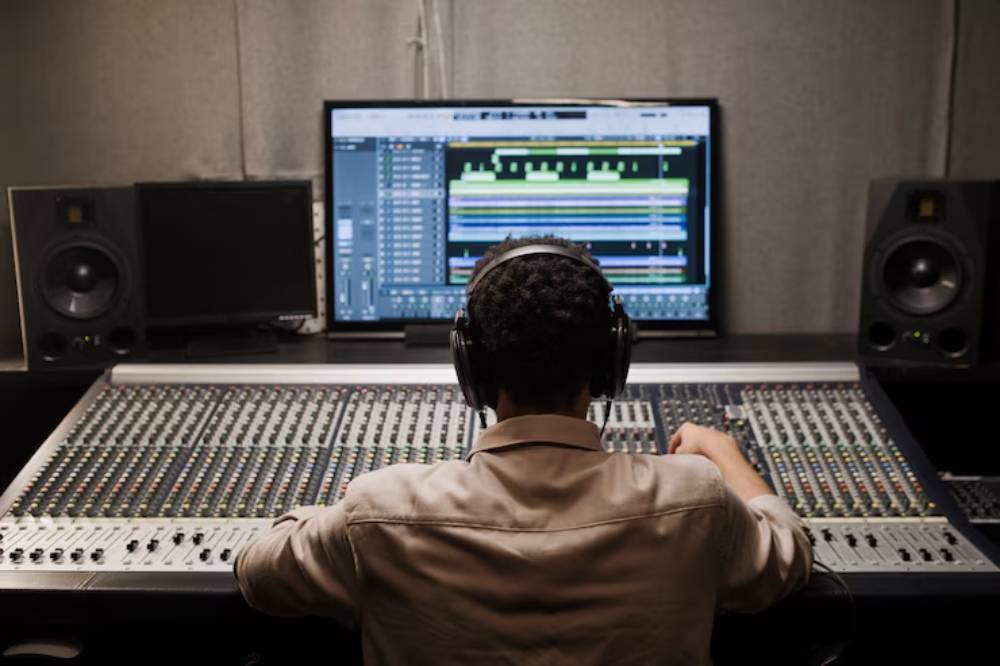
Best Practices in Sound Design
To achieve effective sound design, it is essential to consider the balance between sound and silence. Silence can be just as powerful as sound, providing contrast and allowing key audio effects to stand out. Sound designers should also focus on where sounds are placed. They can use stereo or surround sound techniques to add depth and dimension.
Using natural acoustics, reverb, and echo can also dramatically alter how a scene is perceived. For example, the same sound of footsteps in a narrow alley versus a cathedral will feel vastly different due to spatial manipulation. Sound designers use these sounds to enhance and support the visual story.
Another important aspect is the integration of sound with visual elements. Sound design should complement the visuals, enhancing rather than overpowering them. This needs sound designers, directors, and editors to work closely together. This way, they can create a cohesive final product.
Common Mistakes to Avoid
A common mistake in sound design is using too many audio effects. This overload can overwhelm the audience and take away from the story. Use sound wisely. Each element should have a purpose and add to the story.
Another pitfall is neglecting the importance of dialogue clarity. Ambient sounds and music are important, but they shouldn’t drown out the dialogue. Dialogue is often the main way to tell the story. Sound designers need to balance an immersive soundscape with clear dialogue.
Additionally, inconsistent audio mixing can break the immersive spell. Volume levels that vary drastically between scenes, or sudden jumps in ambience, can jolt viewers out of the experience. Proper mixing and mastering are as essential as the creative aspect of sound design itself.
Advanced Insights / Expert Recommendations
Diegetic vs Non-Diegetic Sound
For those looking to delve deeper into the art of sound design, it is worth exploring the use of diegetic and non-diegetic sound. Diegetic sound is audio that comes from the film’s world. This includes character dialogue and sounds made by objects in the scene. Non-diegetic sound includes things like background music or narration. These sounds are not part of the on-screen action.
Understanding the interplay between these two types of sound can add layers of meaning to a film. A non-diegetic musical score can show a character’s feelings or thoughts. On the other hand, diegetic sounds help the audience connect with the scene’s reality.
A great example is Inception. The song “Non, Je Ne Regrette Rien” by Edith Piaf plays both in the story and outside it. This clever use helps drive the film’s main plot. These kinds of audio decisions can enrich the viewer’s understanding in subtle yet powerful ways.
Technological Innovations
Advancements in technology have opened up new possibilities for sound design. Techniques like Dolby Atmos and binaural audio give precise control over sound placement and movement. This creates an immersive experience for viewers. Sound designers should keep up with these innovations. This helps them push the limits of what’s possible in film and TV.
Binaural sound mimics 3D listening with just two audio channels. This makes it perfect for virtual reality and experimental cinema. Dolby Atmos lets sound designers place audio in 3D space. This method goes beyond channels, creating a more natural and immersive sound experience.
Tools of the Trade
Sound designers use strong digital audio workstations (DAWs) like Pro Tools, Logic Pro, and Ableton Live. These platforms allow for complex layering, manipulation, and synchronisation of audio. Also, libraries like Boom and BBC Sound Effects, along with custom recordings, help create unique soundscapes.
Sampling is also a huge part of modern sound design. With thousands of high-quality sound packs available, designers can find or create just the right effect. However, originality and context-awareness are key. Knowing when to use a sample versus recording something fresh is what separates good sound design from great.
Conclusion: The Invisible Art That Shapes the Story
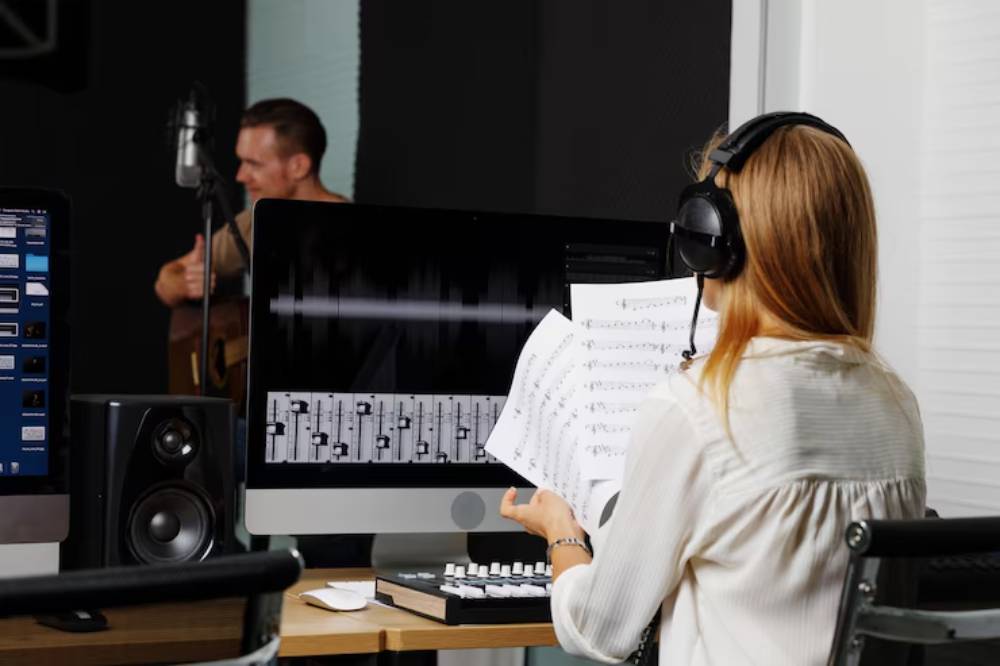
In conclusion, sound design is crucial to filmmaking. It greatly improves the viewer’s experience. Sound designers create audio effects and immersive soundscapes. This work evokes emotions and builds believable environments. It also helps guide audience focus. Technology keeps changing, and sound design can greatly change how we enjoy film and TV.
No matter if you’re a filmmaker, student, or movie fan, learning about sound design can transform your cinema experience. It’s a reminder that while visuals might dominate our attention, it’s the sound that shapes how we feel — and ultimately, how we remember.
Aspiring filmmakers and sound designers must understand sound design principles. They should also keep up with the latest in audio technology. Mastering sound can boost your storytelling. It helps create unforgettable cinematic experiences. These experiences stick with audiences even after the credits roll.
What are some of your favourite examples of sound design in film and television? Share your thoughts in the comments below and let us know how sound has enhanced your viewing experience.
